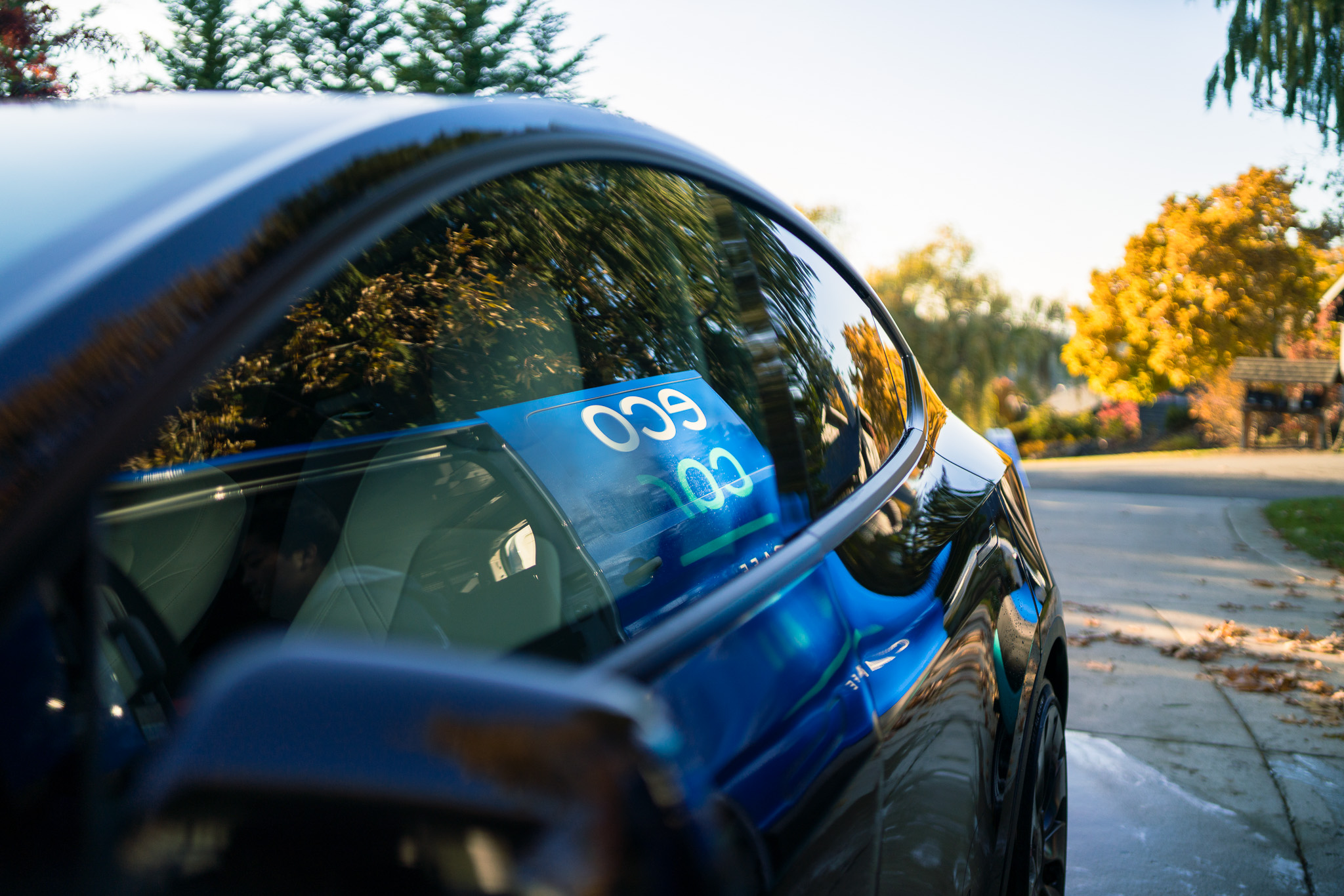The processes of polishing and waxing are often confused and misinterpreted to be the same thing when in fact they are two completely different practices. Polishing aims to enhance the paintwork either by the use of abrasives to level out the surface removing any defects in the process, by filling/masking defects, or by a combination of both these processes, depending on which kind of product is being used.
Waxing is simply the process of protecting your cars paintwork after polishing using a natural carnauba product which usually comes in a solid paste form. A wax does not contain any abrasives or fillers and so would not enhance the paintwork alone. When applied to a properly prepared and polished surface though, a wax can help to add a depth and wetness to the finished paintwork.
Often confused with, or called a wax, a sealant is simply a man made synthetic ‘wax’ that usually comes in the form of a bottled liquid but can also be found in paste form. Again a sealant is used to protect your cars paintwork after polishing. Due to it’s synthetic make up a sealant tends to be more durable than a natural wax but can be used in conjunction with one in order to obtain both durability and a high quality finish.
An ‘all in one’ product is one that both polishes and protects your cars paintwork simultaneously. Usually an all in one product will contain light abrasives to help remove or reduce paintwork defects, fillers to mask any deeper imperfections that cannot be removed by the light abrasives and a synthetic sealant to protect the finish. All in one products are very effective for routinely maintaining a cars paintwork, and a good choice for paintwork that is already in good condition.
How often you should polish your car will depend on the condition of the paintwork and the kind of product being used. For example if you have a car with good quality paint work and use an all in one product it could be polished every 4 – 8 weeks.
If your cars paintwork is in poor condition however and needs to be polished with a heavy abrasive polish it is advisable that this be undertaken no more than twice a year as you may run the risk of damaging the finish by removing to much material from the surface. If you think your car needs polishing again fairly soon after it has been heavily polished you should use an all in one product to safely renovate the finish without running the risk of damaging the paintwork.
Because a wax/sealant doesn’t contain any abrasives there is no limit to the amount of times your car can be waxed/sealed as long as the process is correctly performed. It should be applied after the vehicle is polished, then reapplied between polishing after washing your car if the protection level has started to diminish.
When polishing your car the first and most important thing is to select an appropriate product that suits the needs of your vehicle. Once you have chosen your product you need to consider application. Micro fibre or sponge applicator pads are soft and friendly to the surface of the paintwork and eliminate the risk or any marring/swirlmarks being inflicted during the polishing process. If using a machine polisher you will need to select the correct size and density of foam pads to match the product you’re using and the backing plate of the machine.
High quality micro fibre buffing towels should be used to safely and effectively remove polish residue, and a detailing spray can be used to aid the removal of the residue if necessary. A soft sponge applicator pad should be used to safely apply wax/sealant (or both). A sponge applicator pad rather than a micro fibre one ensures the product is applied to the surface in thin even layers which is important in order to achieve a good quality and durable finish. Again quality micro fibre buffing towels should be used to safely and effectively remove wax residue in conjunction with a car detailing spray if necessary.

